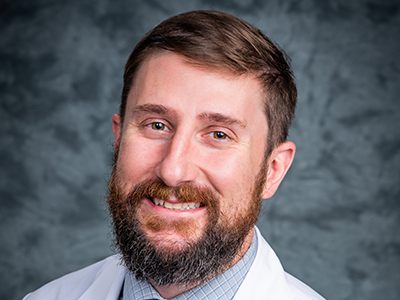 Assistant Professor Kevin Williams, M.D., was featured in the Cureus Journal of Medical Science for his abstract, “Physeal-Sparing Rigid Intramedullary Nailing in Adolescent Tibial Shaft Fractures: A Pilot Study.”
Assistant Professor Kevin Williams, M.D., was featured in the Cureus Journal of Medical Science for his abstract, “Physeal-Sparing Rigid Intramedullary Nailing in Adolescent Tibial Shaft Fractures: A Pilot Study.”
According to the abstract, elastic stable intramedullary nailing (ESIN) and open reduction internal fixation (ORIF) are literature-supported operative treatments for displaced tibial shaft fractures in skeletally immature patients. The literature surrounding intramedullary nails (RIMNs) in adolescents is currently limited.
So, study authors aimed to describe a physeal-sparing, reamed, locked RIMN technique for adolescent tibial shaft fractures and report its safety.
Based on their small pilot study, authors found that RIMNs in adolescents should be considered as a potential treatment option when a physeal-sparing distal start point is utilized. Patients who underwent the RIMN procedure required fewer reoperations compared with the observational group. Overall, fracture healing was similar across the two groups, but the benefits of RIMN include early immobilization and improved weight-bearing profile.
“We are always looking for ways to improve healing time for our patients, especially our pediatric patients who experience tibial fractures because they are ready to get back to full use of their leg,” said Williams. “We hope that this research inspires other providers to seek new and improving fracture care methods.”
To read the entire study and its methods, click here.